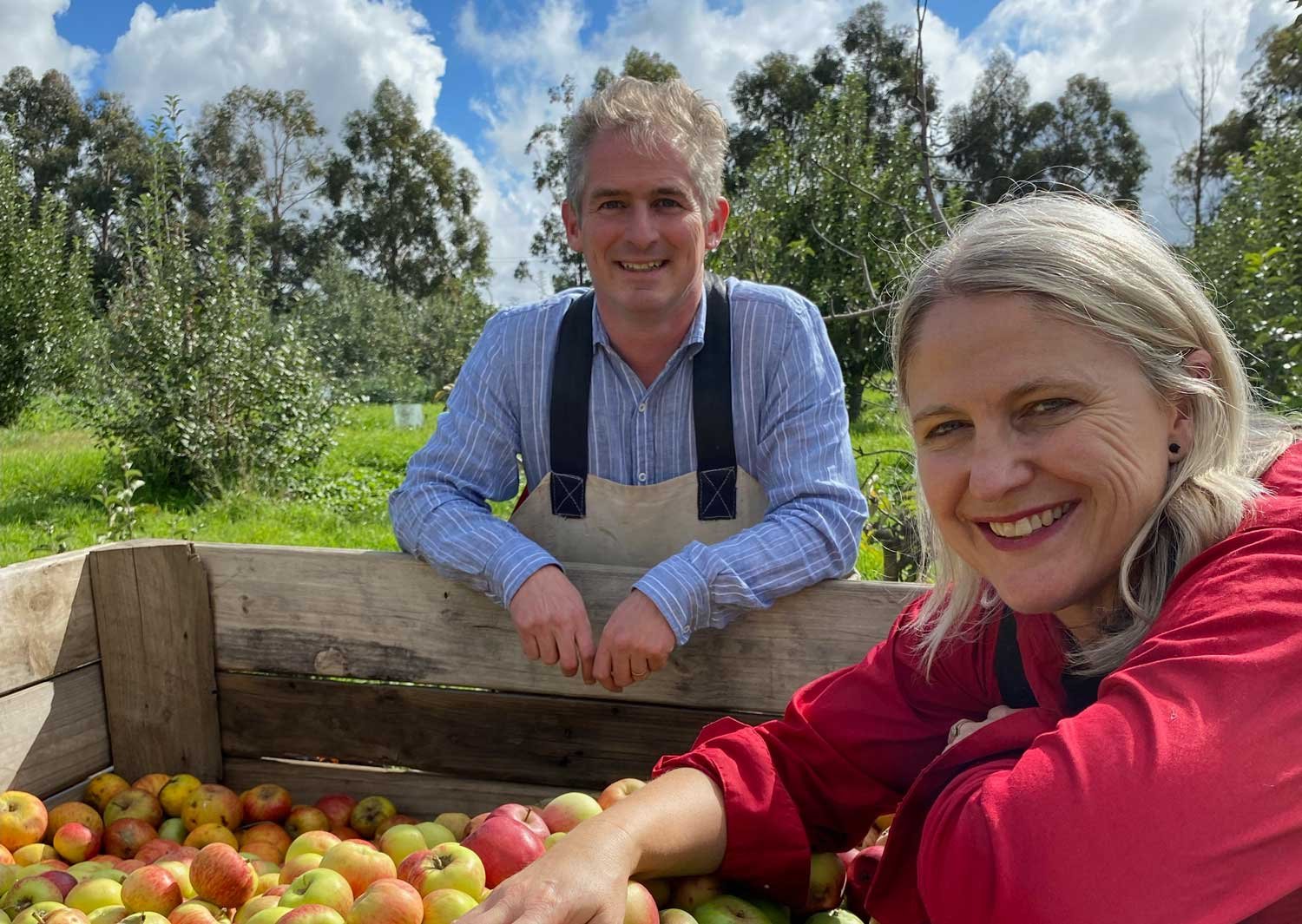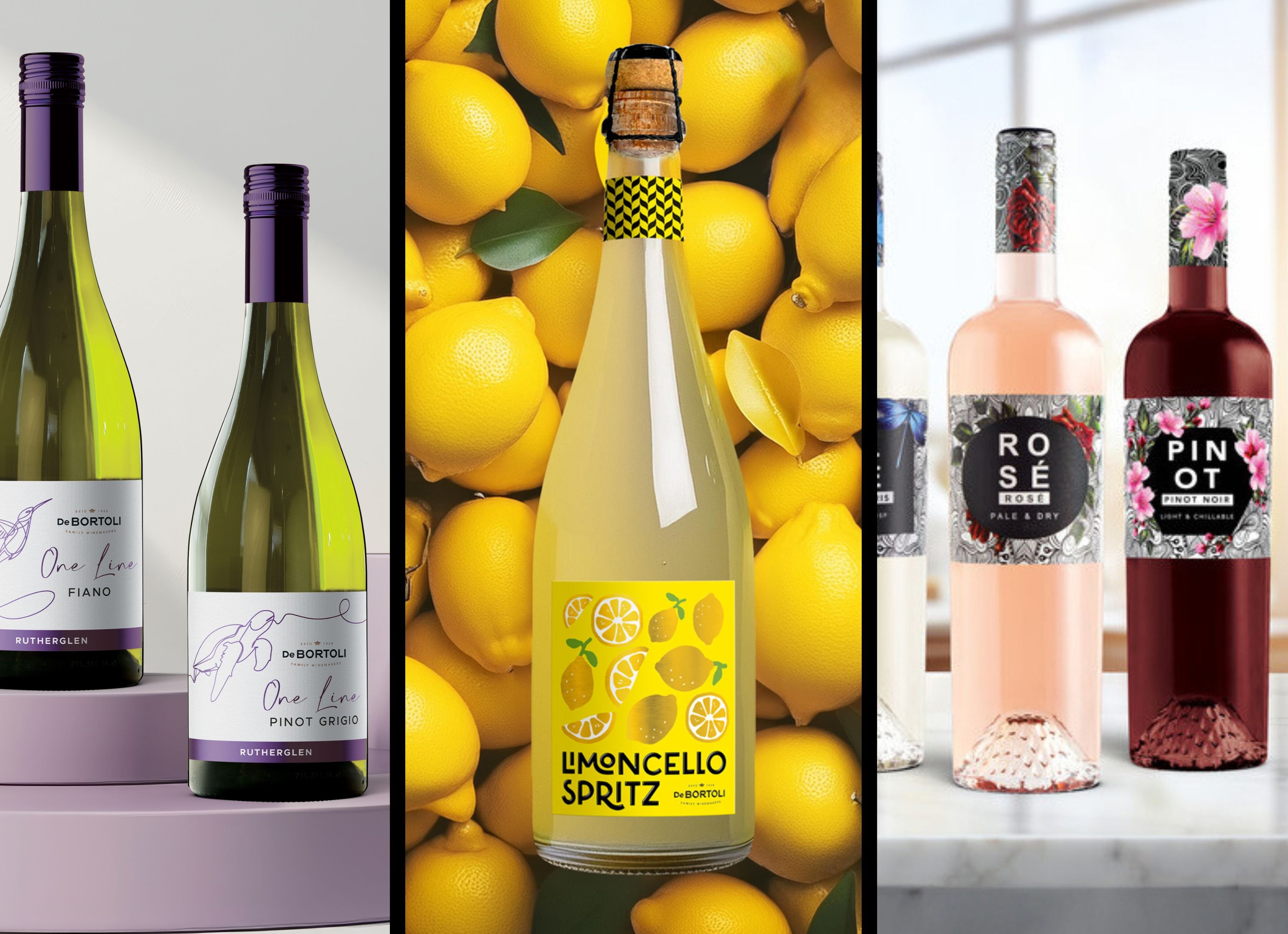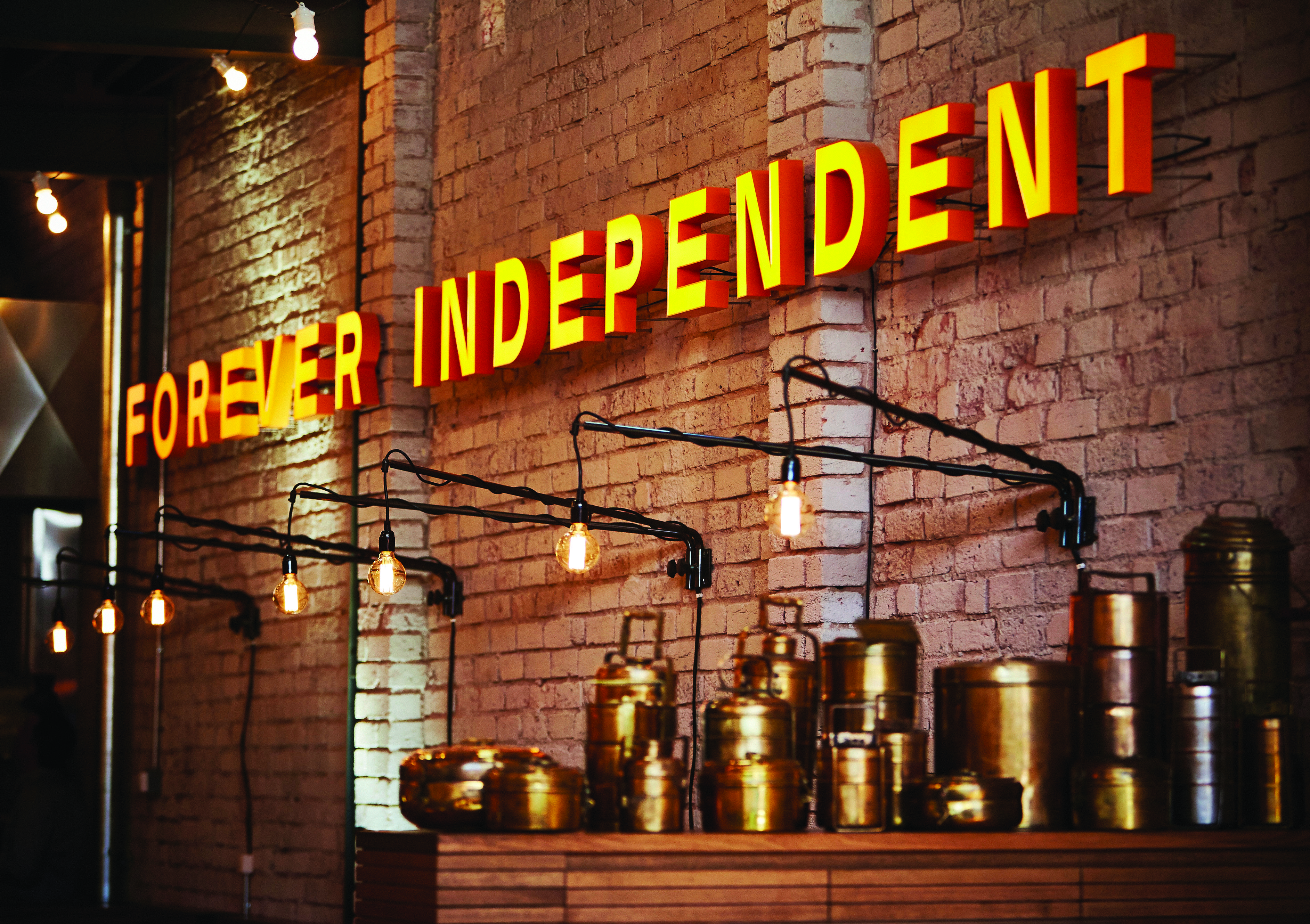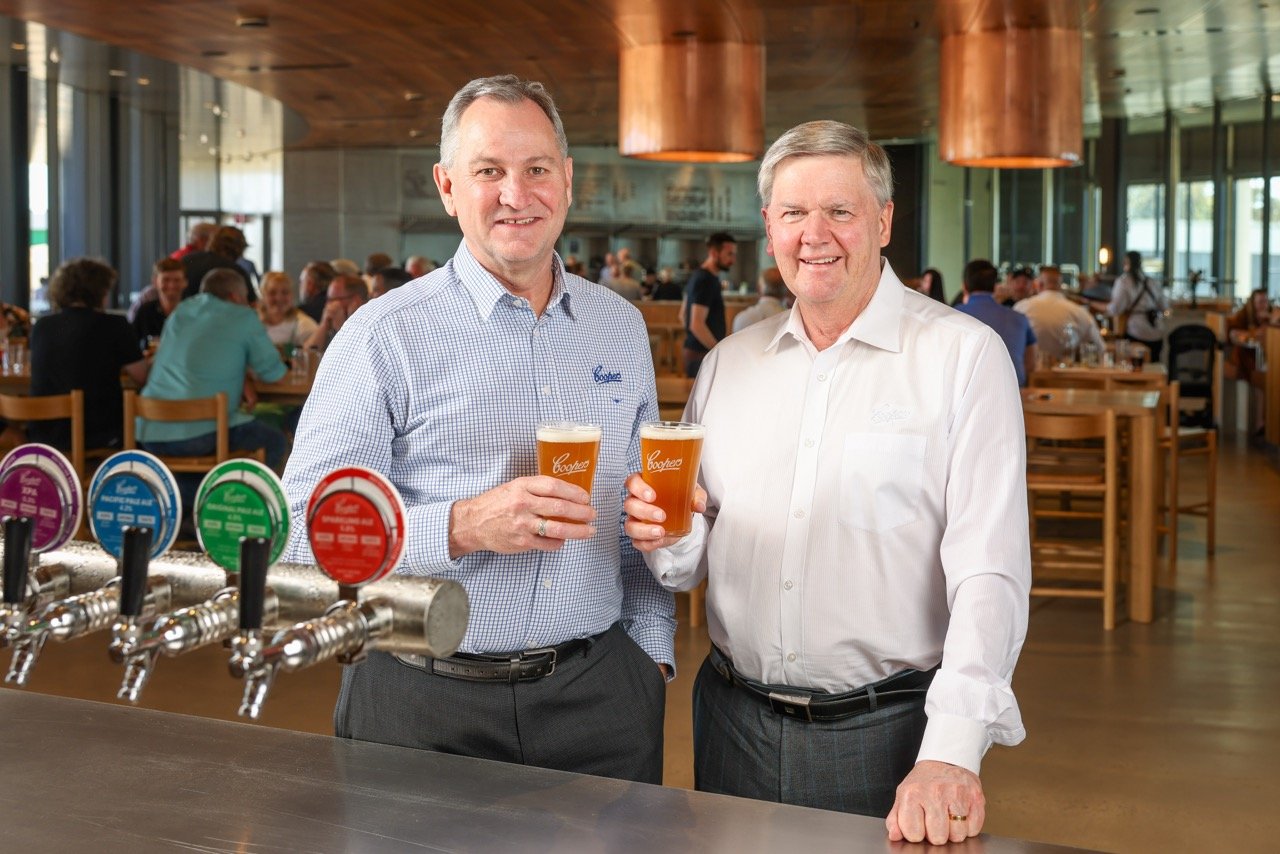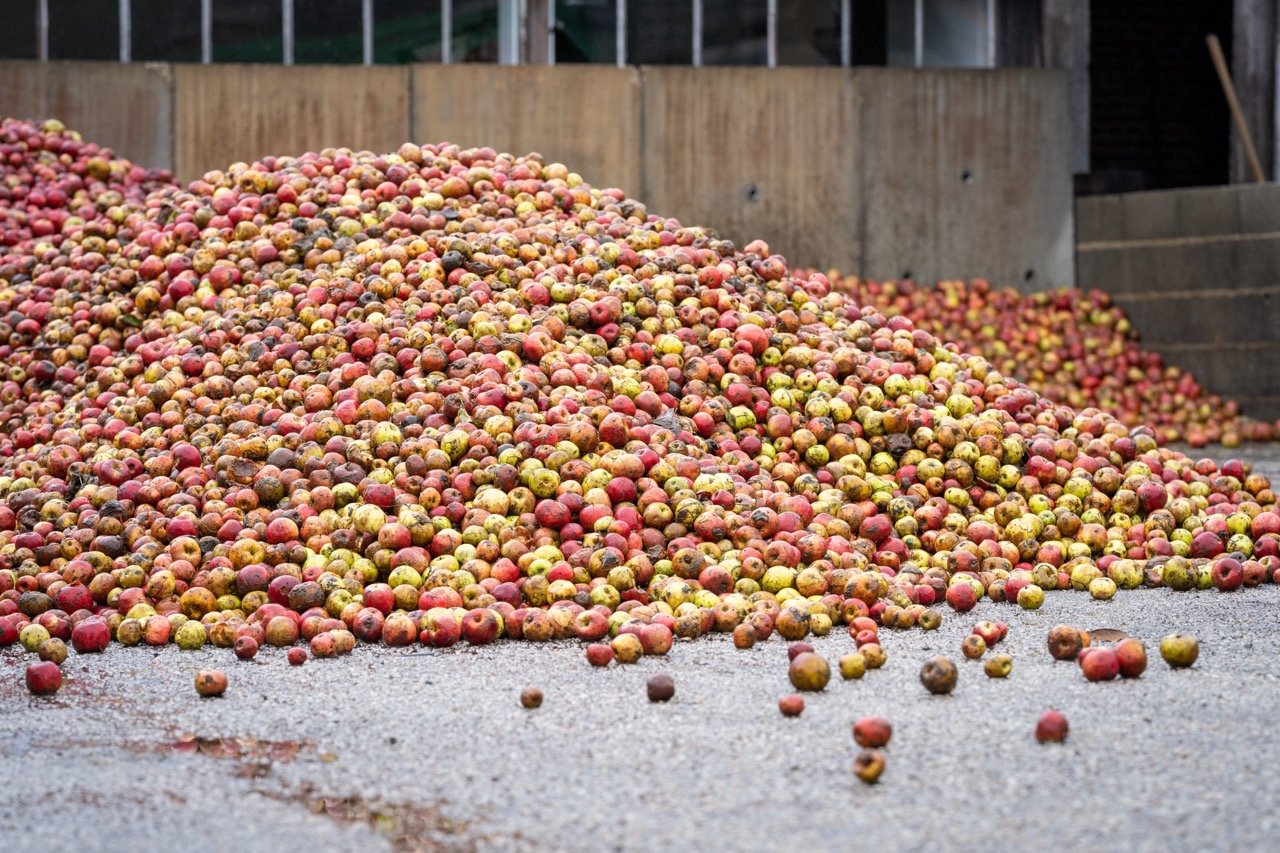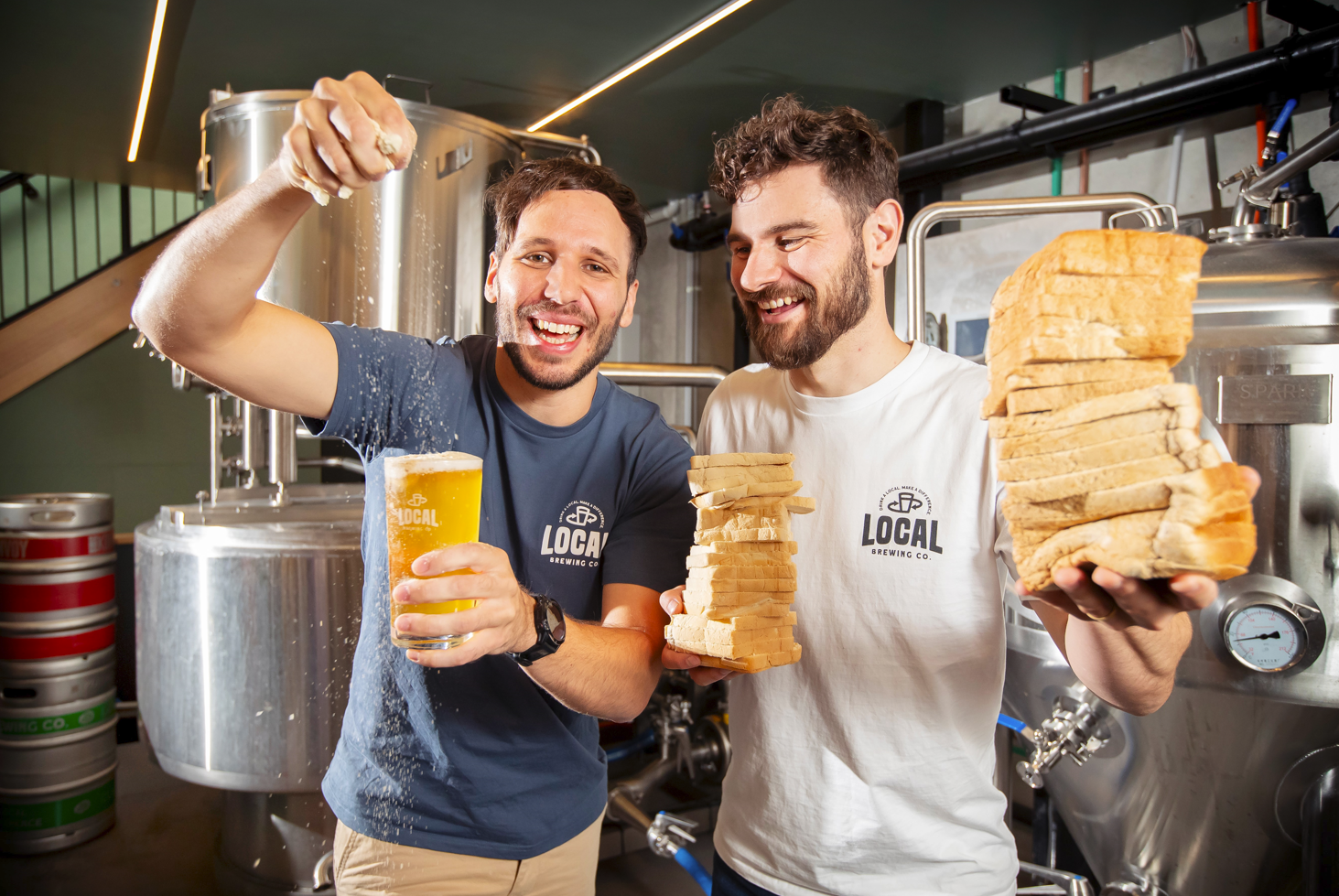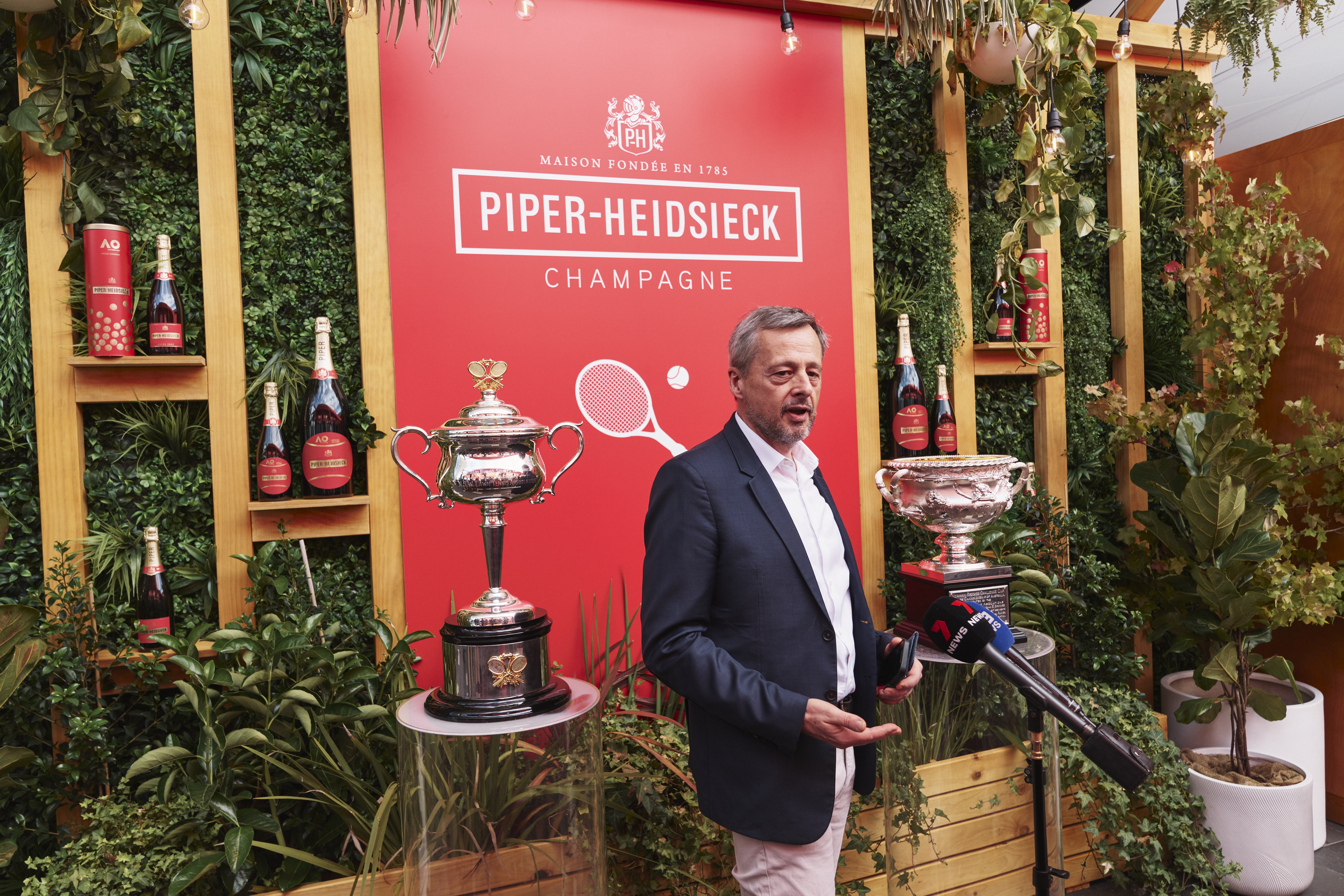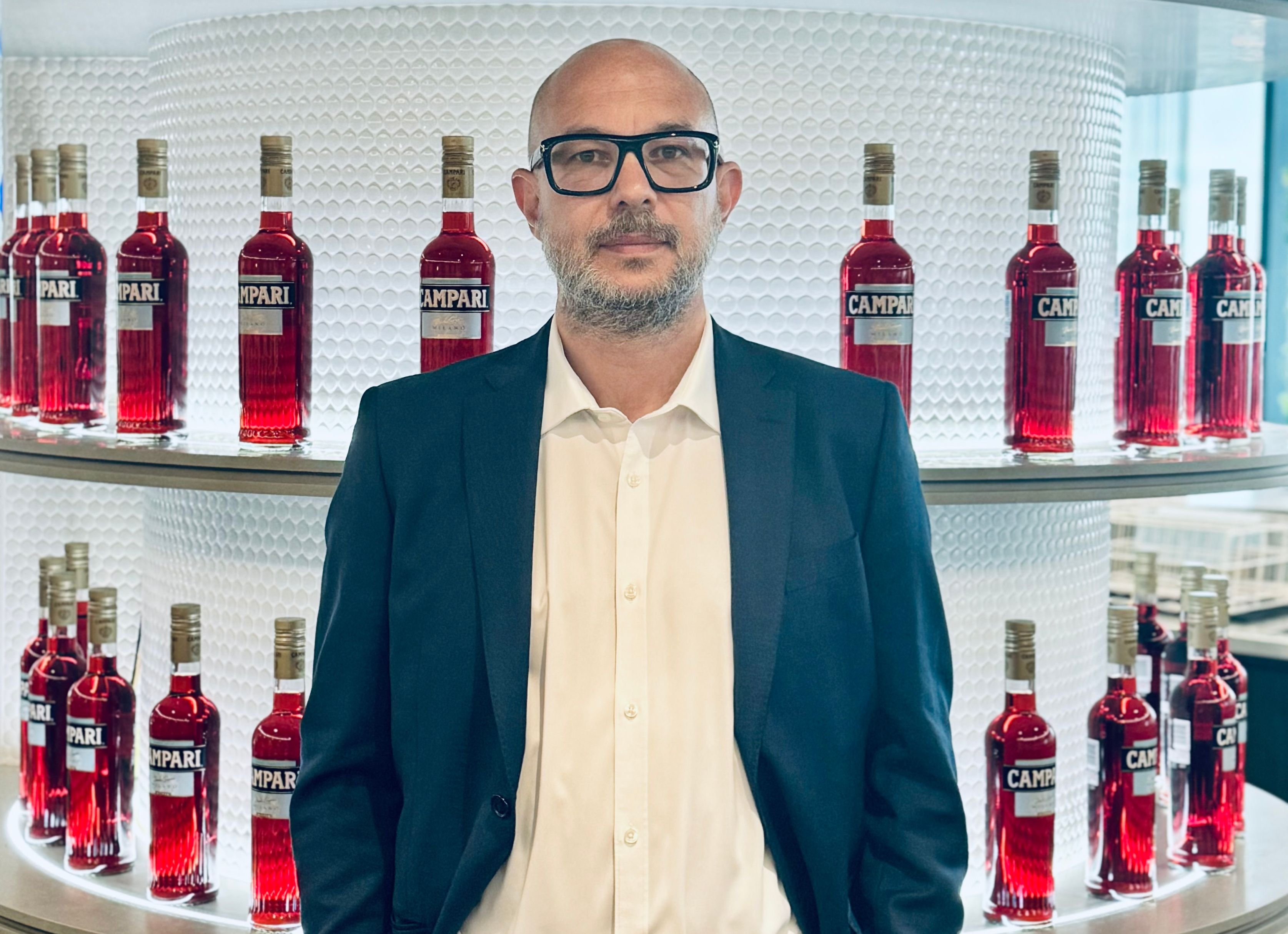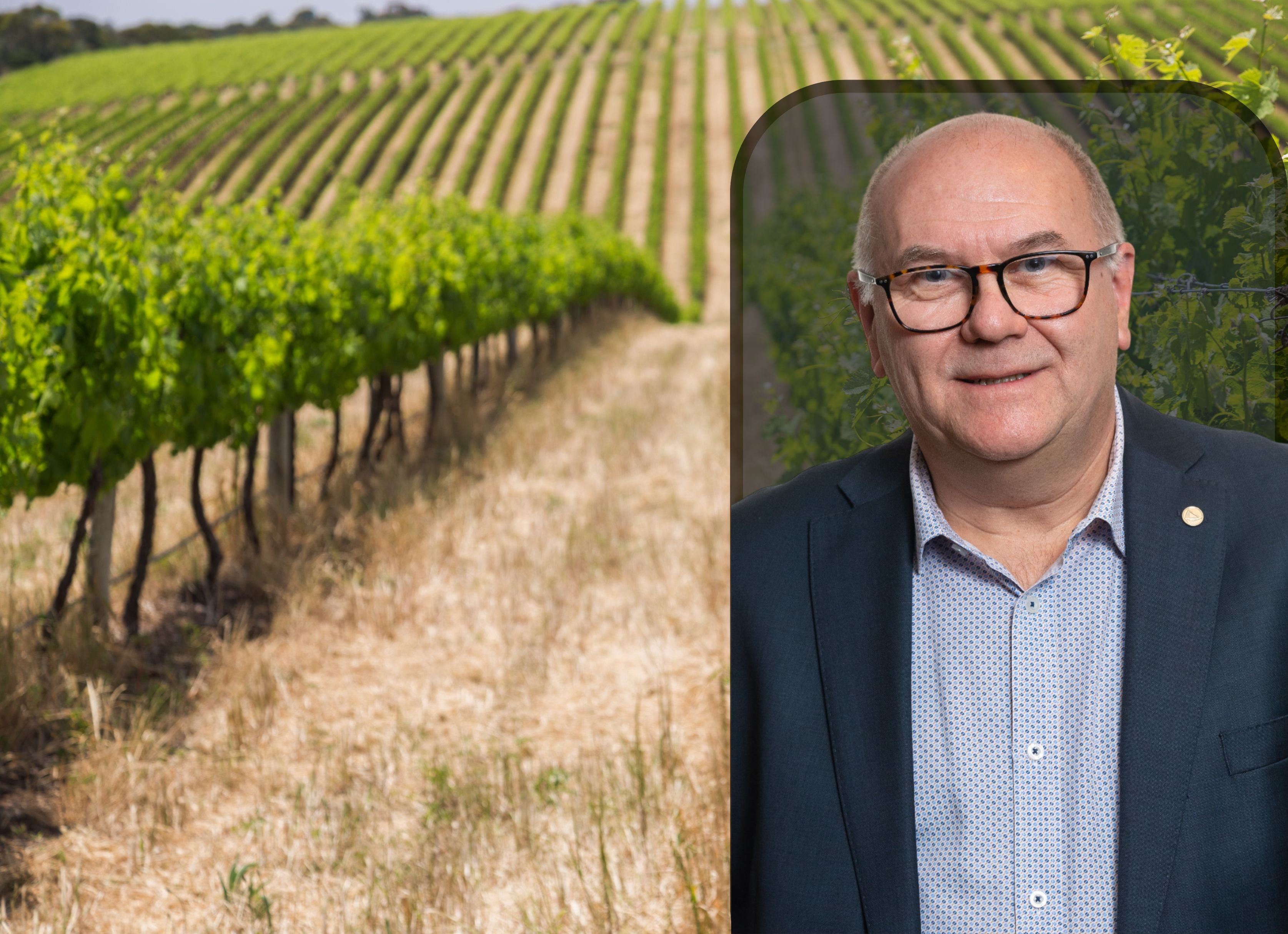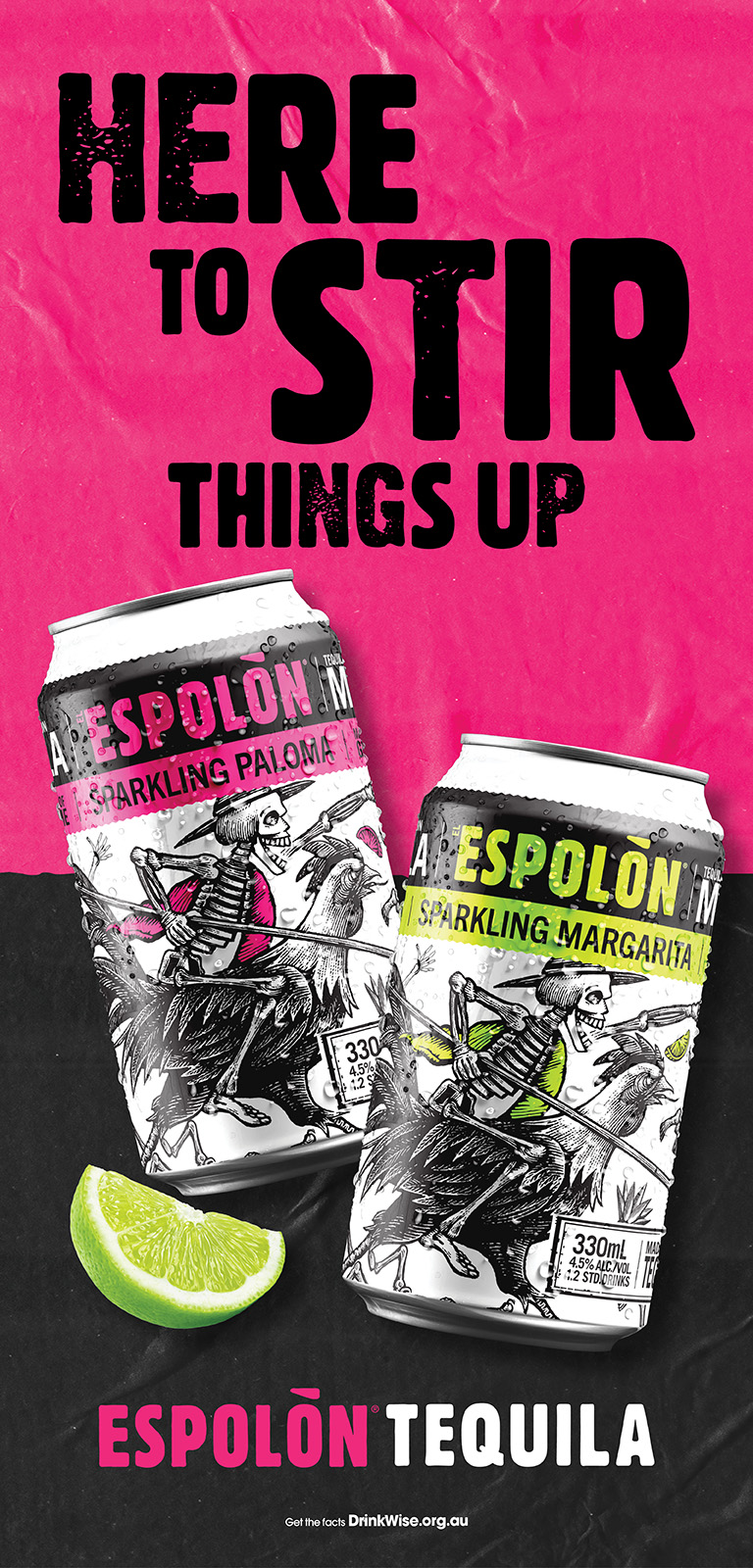Despite regaining some of its lost value post-pandemic, Australia’s cider market is forecasted to continue its long-term decline from its current $1.8 billion towards a value below $1.4 billion by 2027.
This downward trend, shown in GlobalData statistics, has already contributed to major industry players devaluing their cider portfolio, including Coca-Cola Europacific Partners' recent decision to terminate its almost decade-long partnership with Rekorderlig. This gloomy forecast for Australian cider is in contrast to IWSR's prediction of a CAGR of 2% for the global cider category up to 2026.
The decline of consumption of cider in Australia continues to be driven by the strong performance of RTD, a directly competing category.
Drinks Trade sat down with Nick Geoghegan, member of Cider Australia’s executive committee and co-owner of Small Acres Cyder, the Orange-based cider brand that recently won Best in Show at the prestigious Japan Cider Cup 2024, to learn more about producing and selling cider in Australia.
Drinks Trade: Can you introduce Small Acres Cyder and how long you and Jannene have been there?
Nick Geoghegan: We got involved with Small Acres four years ago. The Kendall family started it 18 years ago and they had lived in the UK, France, loved the ciders there and really missed having good cider when they came to Australia.
You know, when we first took over, they had been trying to sell it for a while, so they didn't have an awful lot of cider left.
We're a very small family-run business: we have my wife and I and some part-timers, and that's us! We have about 900 cider apple trees, we've got an orchard and a cellar door, and we've got a range of 11 ciders.
DT: How do you feel Australia’s cider industry is fairing?
NG: I think it’s probably worth saying that we're a bit like the independent brewers - we have plenty of challenges around getting into pubs and all of the issues around the dominance of the big brewers own the big cider brands. Their tap contract usually includes those cider brands, and so you can't get onto the taps. If you're lucky, you might get a few bottles in, but some of the pubs have even said that their contract says they can't even take bottles… that’s definitely a challenge for us.
I think part of that is the big guys that dominate the business really haven't done anything with it, they haven't invested in it… they've just thrown a bit of novelty, fruit flavours and stuff into it, but, you know, it's neglected. But I think the craft cider [sector] is growing.
What I hear from Endeavour [Group] - they gave some insights into cider - was that it's probably the classic cider that's growing well, so the quality classic cider, rather than the tutti frutti's that's actually sort of become the core of the growth in cider, which is great news for us because we're not doing the jalapeno, raspberry ciders.
DT: You have a British background and have recently turned some heads in Japan… How would you compare Australia’s cider market to others internationally?
NG: Well, they're all very different. Japan specifically is an emerging cider market, so it's a lot less established, [has] a lot less awareness. Most shops, restaurants, etcetera, don't stock cider, or if they do, they stock the international ones, the Somersbys and stuff, so people have very little experience with good cider.
But then when you look at somewhere like the UK: it’s one of the biggest. It's certainly, I think, the biggest cider producer and one of the biggest consumers. Their problem is that they have massive investment in orchards in the 70s and 80s, driven by boomers, and now boomers are sort of pulling back on a lot of that and actually pushing out orchards because they've moved, you know, they've been bought by Heineken, they've moved more into this brewery manufacturing mode where you're making cider all year round; apple juice concentrate rather than fresh apples.
DT: Craft cider vs big brand cider. How separate are these markets and as a craft cider producer, what’s your outlook?
NG: There's an emergence in the UK and in the US of craft cider, and in Australia. I think it's just going to keep getting bigger, but it's limited by the fact that the dominant brands out there are just everywhere; it's very hard as a cider maker to get your cider onto a tap in a pub.
But yeah, I think in terms of quality, Australia is up there with the best of them. We have the advantage of great growing conditions. We've got great quality fruit. And we've got all the winemaking knowledge, which even the traditional cider producers don't necessarily think about or consider or use, they sort of see ciders as being something different.
I think some of the best ciders in Australia are from wine growing regions where you've got the knowledge and you can get people's input: you've got the infrastructure. you've got the equipment, [and] everything else to make high quality cider with the amazing fruit that's out there.
I've no doubt Australian cider stands up with the rest of the world's cider.
DT: How suitable are Australian apples for craft cider production?
NG: What's distinctive about the cider varieties from parts of Europe and parts of England is tannins, so they've got, just like in red wine and tea, they have more volume to them in the mouth, they've got a bit of astringency sometimes, they just have a lot more kind of depth of character.
You can make a great cider with dessert apples like the Pink Lady - it's refreshing and it's crisp and nice because of the acidity - but you have a broader palette to work with when you start to bring in tannins.
DT: What do you feel is constraining Australia’s cider sector?
NG: You know, I think there is a strong following for cider in Australia still, [but] in a lot of really good restaurants and really good bottle shops, the only cider they have is those very much mass-produced industrial products, so there's an opportunity there to show something.
I think what's the opportunity with any sort of craft cider is that you can offer something that is, you know, a more premium product that's much higher quality, much more drinkable, and also differentiates you from all the other places that have Somersby, Strongbow, etcetera.
The opportunity is to offer the customers in the cider world something that's much more interesting and that'll much better complement the food, etcetera, they're having.
It's ironic that people, in good restaurants, might be paying a couple hundred dollars for food, and then the cider offering is something that costs $2 from the wholesaler because it's cheap.
And then from the bottle shop point of view, again, it's giving customers something that they're not finding in every other bottle shop in the nation and allowing them to trade up to more interesting cider. In the craft beer world, people have done that, and I think we're a bit like craft beer was five years ago.
There's lots more opportunity to bring in more interesting styles of cider into the range and allow people to try and trade up rather than just always selling the same sort of mass produced, mass market ciders.
Share the content
